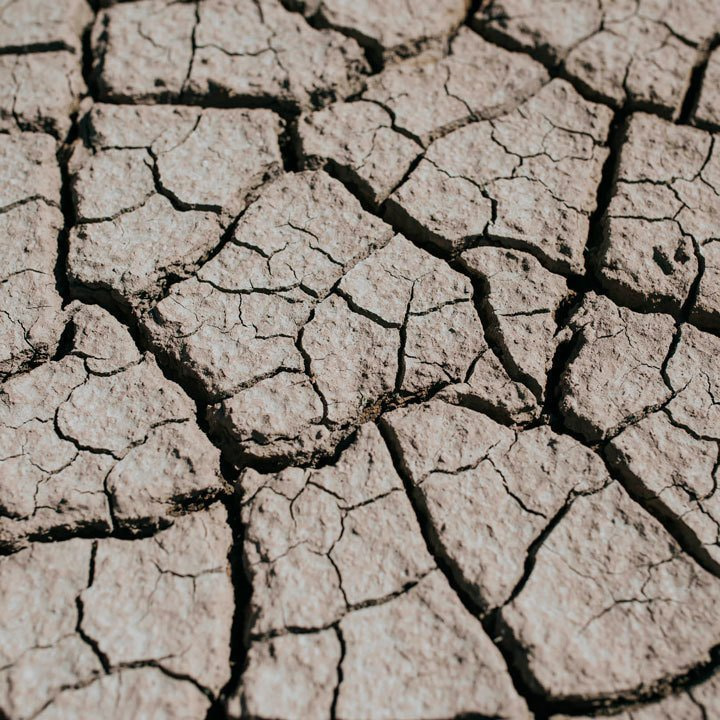Chris Lorenz will talk about the criticism of stratigraphical time model that compares time layers in history to geological layers of the Earth.
In the historical and theoretical reflection on time in history the so-called stratigraphical model of time (Helge Jordheim) plays a central role. According to this model, made famous by the French historian Fernand Braudel and later by the equally renowned German historian Reinhart Koselleck, historians can best conceive of the fundamental plurality of time in history in terms of time layers or temporal strata, analogous to the way in which geologists conceive of the crust of the earth in terms of geological strata. The advantage of the stratigraphical model for history is usually located in two of its characteristics: it is not only supposed to catch and represent the fundamental plurality of historical times, but also the "simultaneity of the unsimultaneous", that is the simultaneous co-presence of time layers that have different origins in chronological time.
In his presentation Lorenz questions this deep analogy between strata in geology and time layers in history. He argues that the stratigraphical model, notwithstanding its undeniable charms at first sight and its widespread use in historical theory, is at best of limited value to a proper understanding of time in history. This is (among other reasons) due to the circumstance that historical time is political in a way that geological time is not—and the discussion on the Antropocene does not change this fact.

